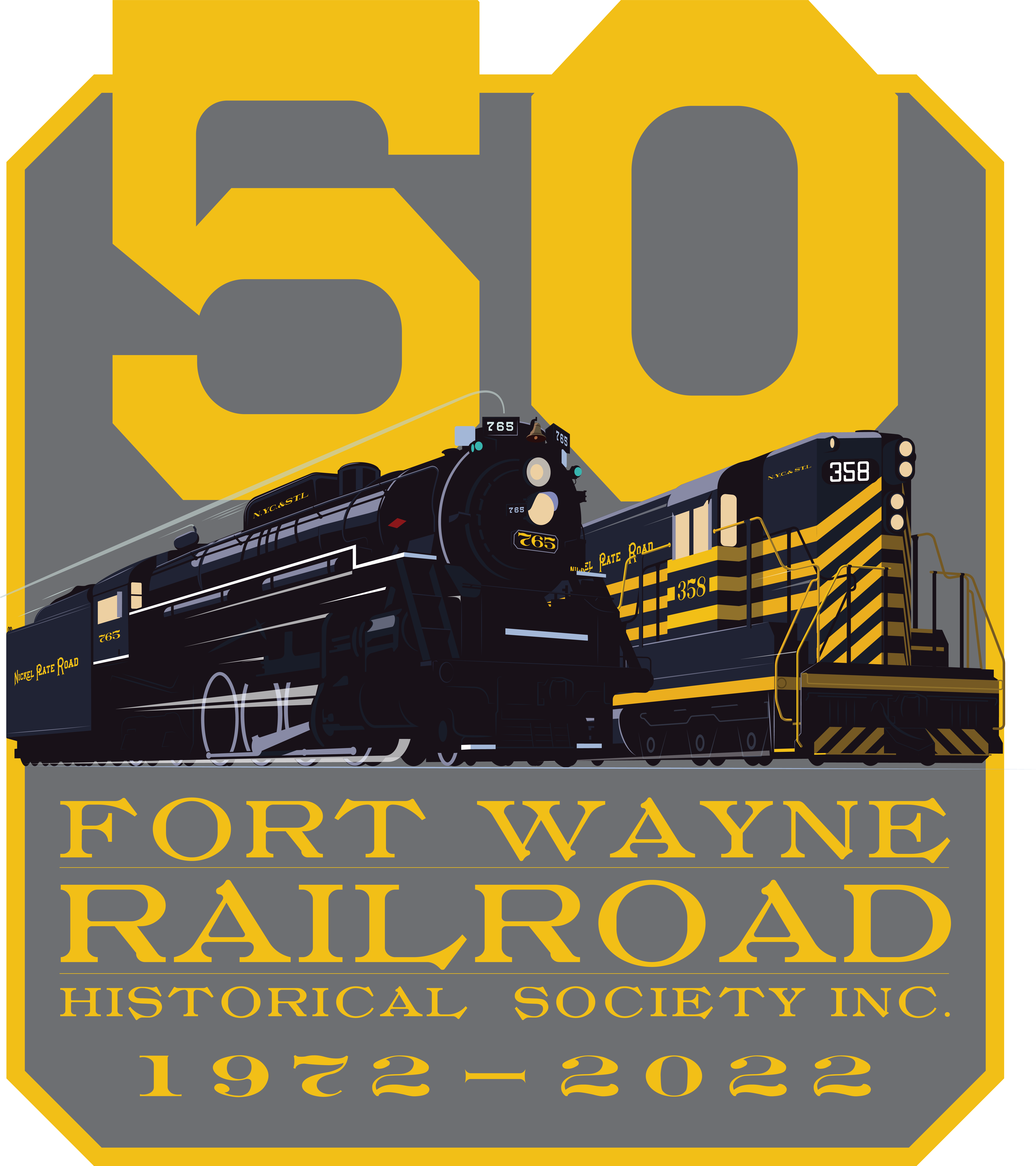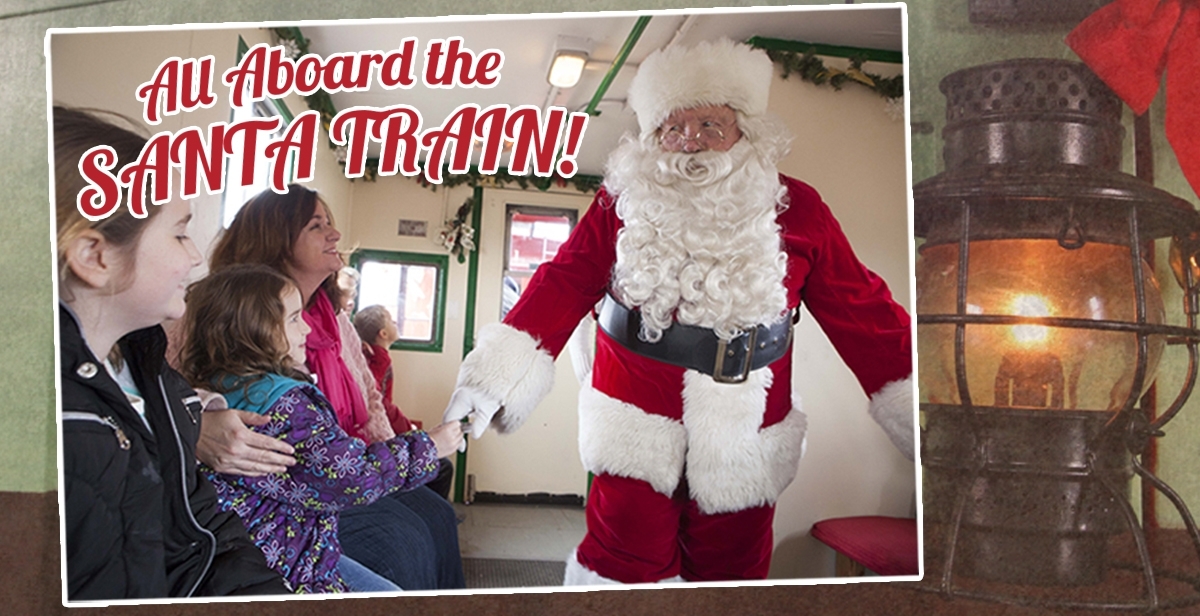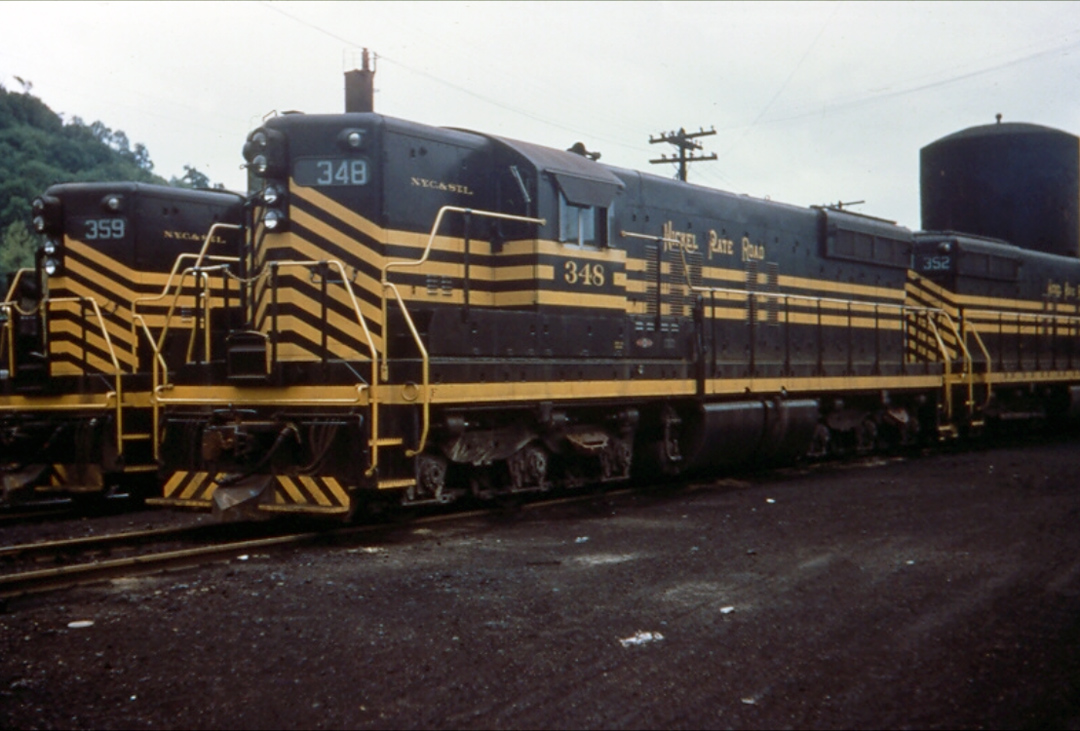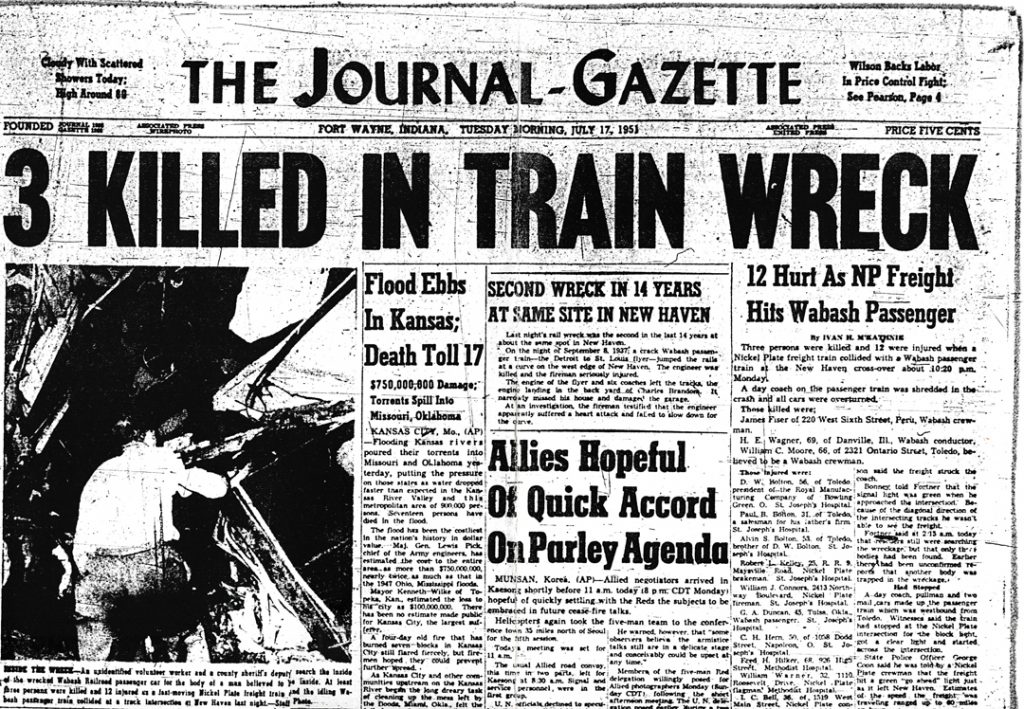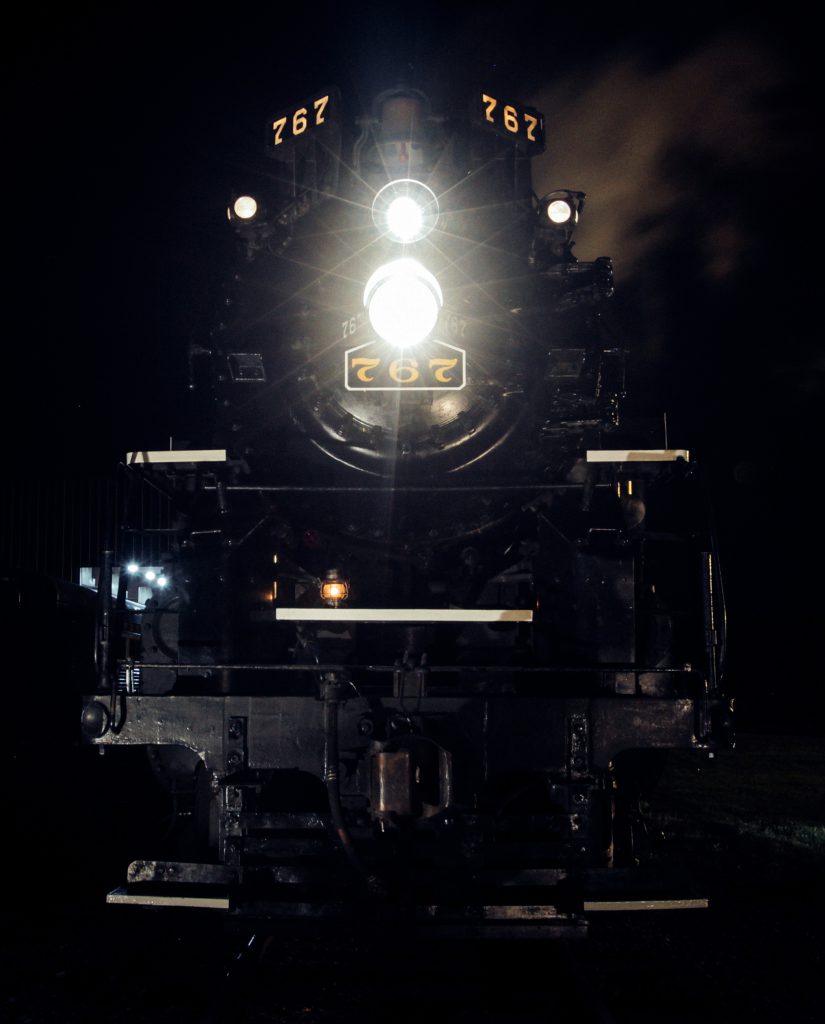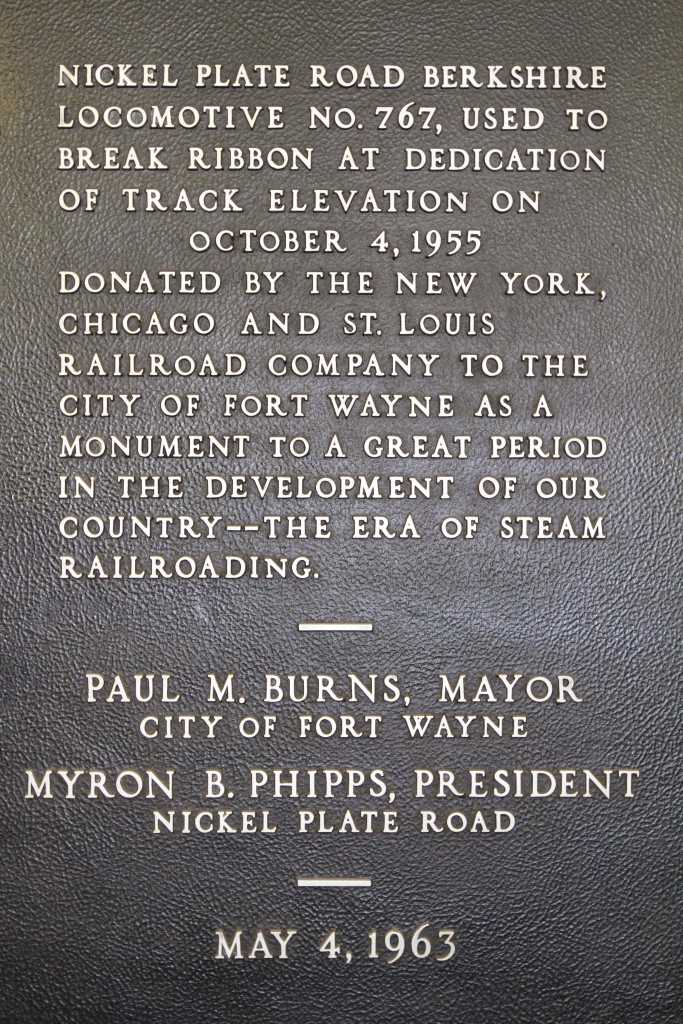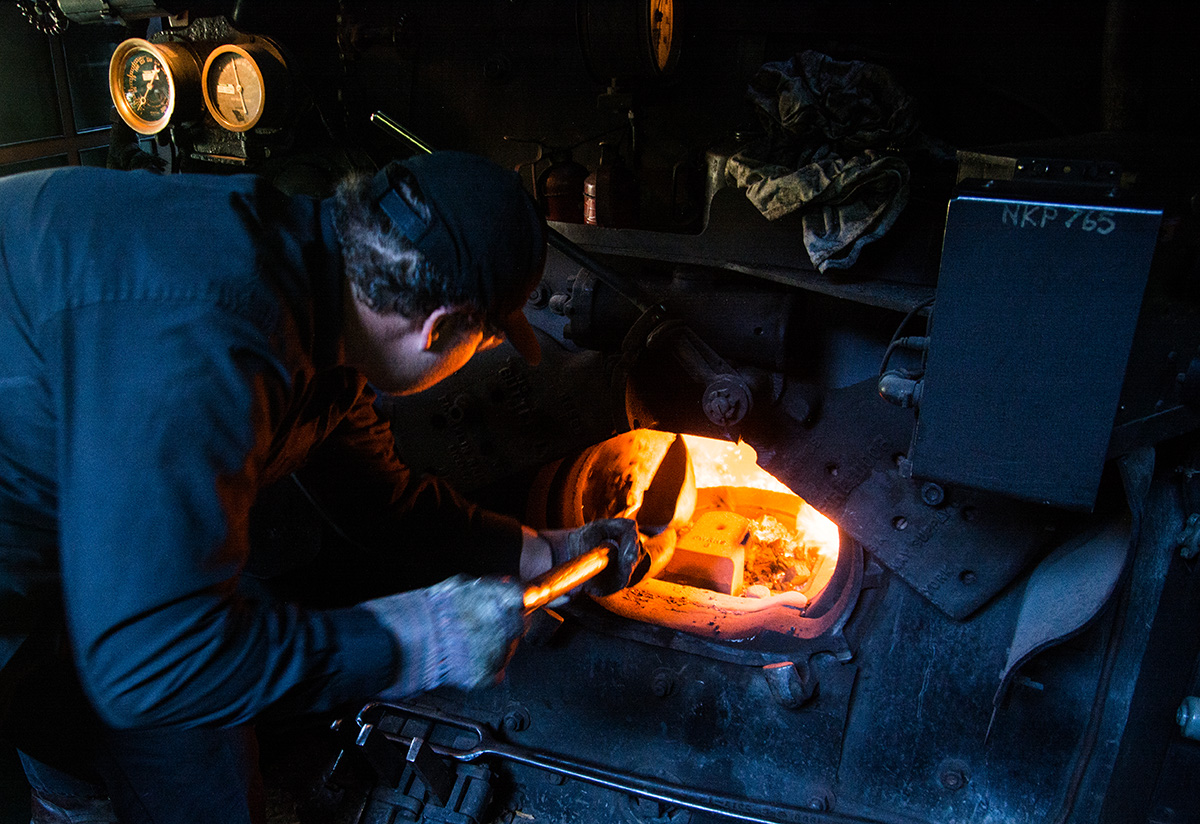
Nick Ozark and The Roundhouse podcast joined us at the Cuyahoga Valley Scenic Railroad in September. Read More
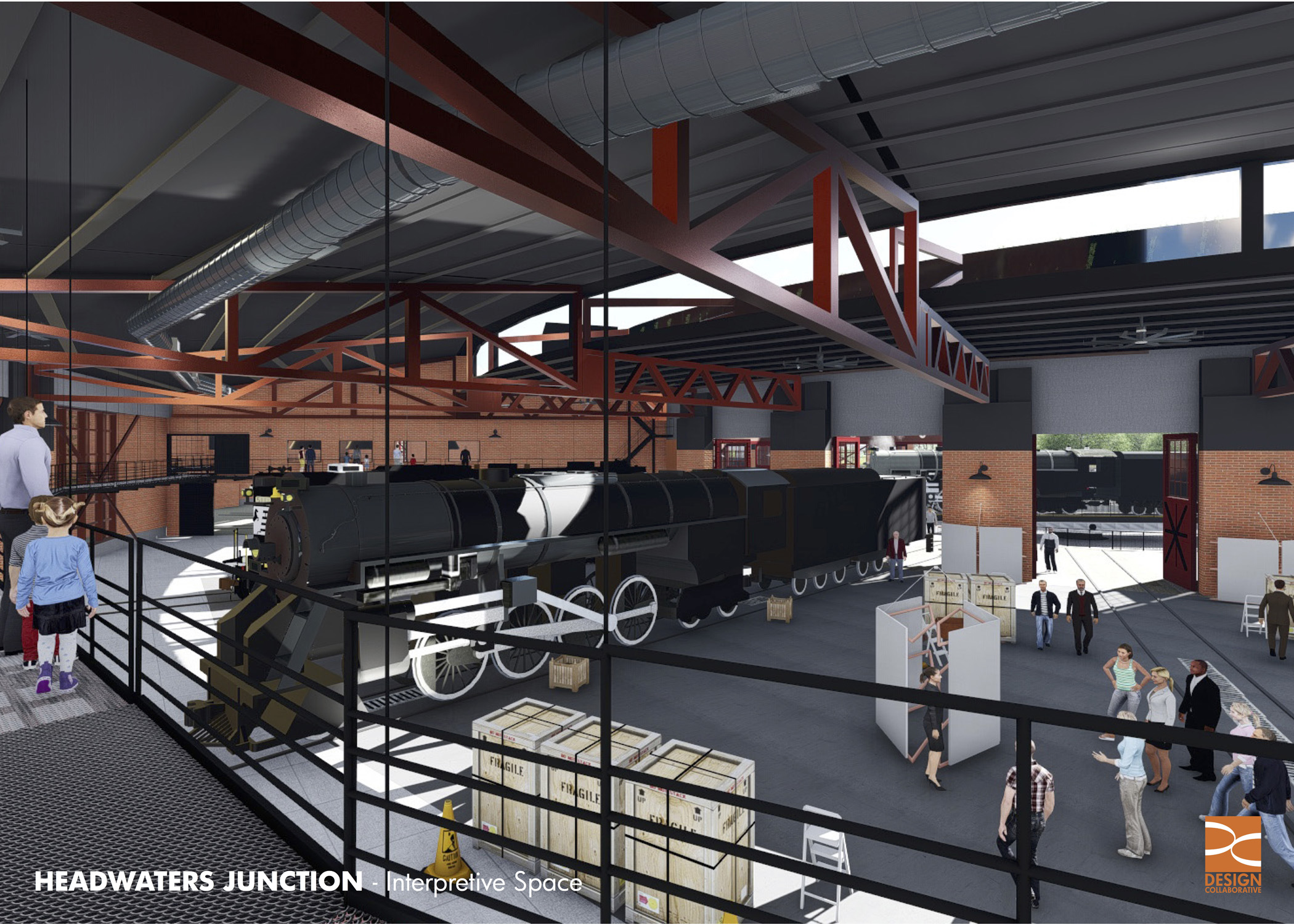
Following the Fort Wayne Railroad Historical Society’s busiest Open House in history, The Journal Gazette published a powerful endorsement of Headwaters Junction:
[paragraph extra=””]
Headwaters Junction offers downtown identity
Plenty of good ideas have surfaced as residents have brainstormed over Legacy Fund spending or offered suggestions for Regional Cities projects. But many of the ideas borrow from other communities – a water park or a San Antonio-style river walk, for example. But something unique – something intriguing – was missing.
Until now. The Fort Wayne Railroad Historical Society’s proposal for a new riverfront destination, Headwaters Junction, might be just the project to ramp up strong revitalization efforts already in the works and also become the kind of attraction visitors will point to with envy when they return to their own communities.
The railroad enthusiasts released concept drawings by Design Collaborative last week. They show a vintage-style roundhouse between Harrison and Wells streets, just north of the proposed riverfront park on the north side of the St. Marys River. A rail yard park and train turntable would service an excursion railroad line to the Fort Wayne Children’s Zoo. The roundhouse also would feature a 1940s-inspired restaurant and observation deck overlooking the rail yard and downtown Fort Wayne.
The historical society has programming ideas: regular excursions (Think “Thomas the Tank Engine”), holiday events (Think “Polar Express”), railroad camp, interactive displays, revolving exhibits and more.
A preliminary study suggests Headwaters Junction could draw more than 120,000 visitors each year. Imagine the potential of marketing the city for conferences and regional travel if Visit Fort Wayne had a one-of-a-kind attraction to promote, particularly one linking downtown to the zoo – Fort Wayne’s primary visitor draw.
Bold ideas often come with big price tags, of course. The project cost is estimated at as much as $18 million – a daunting fundraising task for a nonprofit organization and one that must be considered in the context of other efforts already under way.
But Headwaters Junction can make a strong case for support. The Railroad Historical Society’s excursions on historic steam locomotive 765 sell out quickly, and the very sight and sound of the locomotive draws crowds from afar. Trains have broad appeal.
In Headwaters Junction, northeast Indiana might finally have an attraction as iconic as San Antonio’s River Walk and as family friendly as a water park. Best of all, it could have an attraction unique to the region and true to northeast Indiana’s rich history.
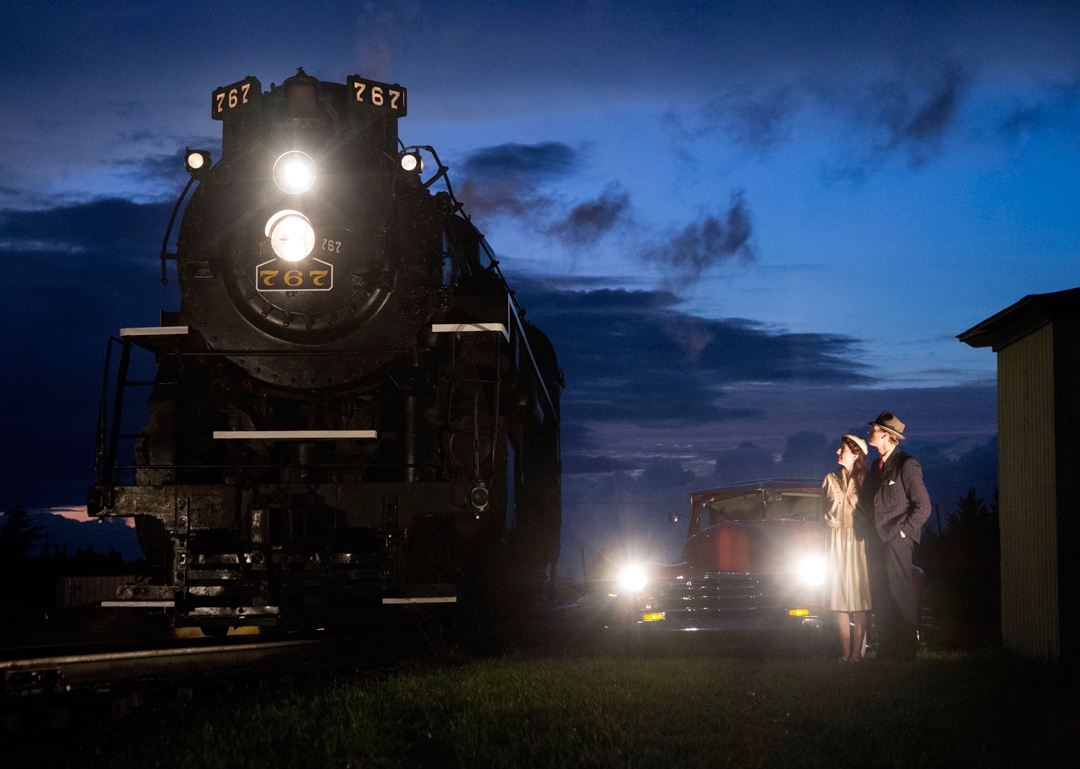
Over 3,000 visitors took part in the Fort Wayne Railroad Historical Society’s Annual Open House on August 19th, 20th and 21st, shattering attendance records for the event.
The railroad society was featured less than eight local articles in local television and newspapers and over 250 members visited the society for its first annual Members Day activities on August 20th.
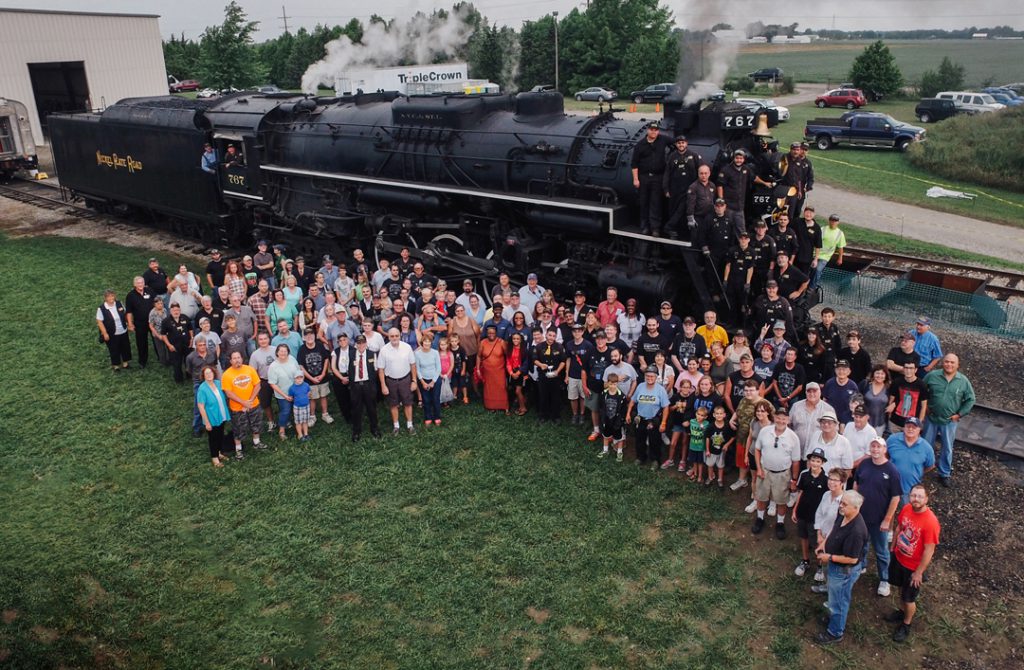
Members were able to take part in cab rides, a group photo, dinner and exclusive night photos session.
The organization also unveiled new renderings for its Headwaters Junction project and announced a ceremonious renumbering of steam locomotive no. 765 to “767,” after the engine that opened the downtown railroad overpass in 1955. Following the Open House, The Journal Gazette penned a powerful endorsement of Headwaters Junction, saying it offered “downtown identity” and called it “iconic, family friendly.”

Greater Fort Wayne’s Executive Vice President John http://www.snortrescue.org/online-clomid Urbahns rechristened the engine as part of Friday’s press conference.
The engine will operate as “767” at the Cuyahoga Valley Scenic Railroad in September. At times, the crowds were more than the society’s facility could handle, with traffic backed up to Ryan Road and visitors parked along Edgerton Road once the society’s parking capacity was filled. In response to the wait times for caboose rides, the organization will transition to pre-sales for future Open House rides as they have with their popular Santa Train events, which are held in December.
“We are grateful and overwhelmed by the attendance this weekend. Events like this make it impossible to understate the popularity of railroading and railroad preservation, ” said Kelly Lynch, Vice President of the Fort Wayne Railroad Historical Society.
For press coverage, visit the links below:
WANE 15: Historic Trains Opened to the Public
FOX 55: Train Enthusiasts Gather in New Haven
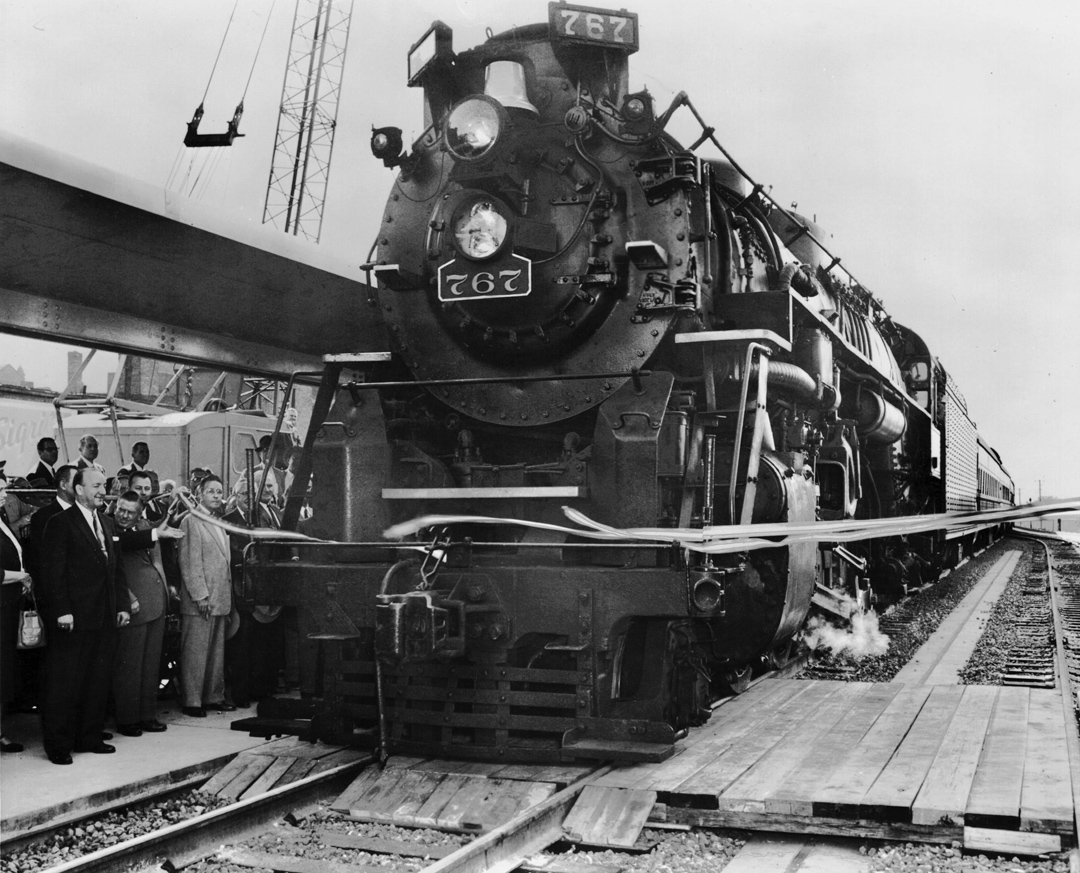
Though the 765 is the only surviving Nickel Plate steam locomotive operating today, she was once accompanied by 79 sister engines charged with moving fast freight and passenger trains between Chicago, Fort Wayne and Buffalo, New York.
On July 15th, 1951 fate would intervene on the 767’s behalf for the first of three times. That evening, the locomotive was pulling Nickel Plate Train no. 51 – a freight train nicknamed the Flying Saucer due to its timetable speed – and was headed westbound into Fort Wayne.
At the railroad’s new terminal in New Haven, the Nickel Plate crossed the Wabash Railroad’s competing line to St. Louis. At 10:22pm, Wabash passenger train no. 13 entered the crossing at a crawl, having mistaken the Nickel Plate’s green signal for their own!
As the 767’s headlight revealed the passenger train ahead, its engineer put the 60MPH train into emergency, immediately setting the brakes. Within seconds, the 767 tore into the passenger train, shredding the Wabash buffet car in half and derailing both trains.
Unfortunately, four passengers aboard the passenger train were killed and thirteen others were hurt. The 767’s front-end and left side where it came to rest were demolished. The locomotive required extensive repair – and its crew managed to escape, though not without serious injuries.
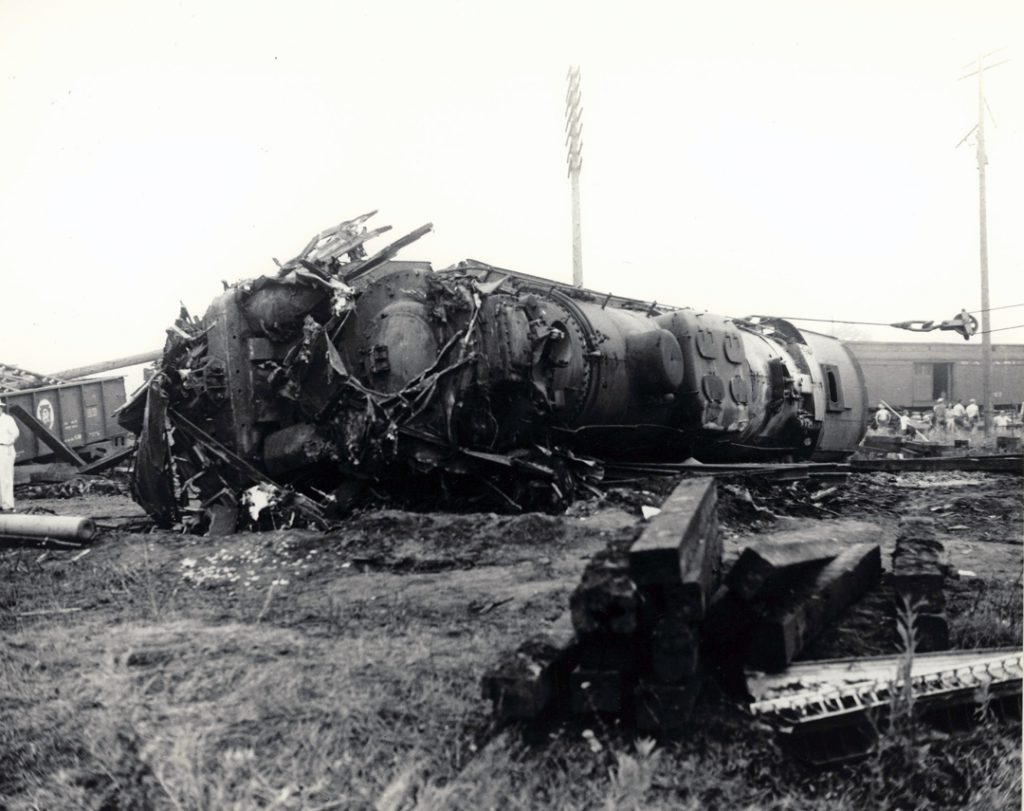
767 has been pulled away from the interior of the Wabash passenger train, its front end completely destroyed. Herb Harnish, Photo Art Schull Collection.
The 767 was returned to service after rebuilding and in 1955, found itself in the newspapers once again. On October 4th of that year, the locomotive was used in a ribbon-cutting ceremony to celebrate the opening of a decades-long effort to elevate the Nickel Plate Road through downtown Fort Wayne. The project, which removed a dozen grade crossings and unsnarled street traffic, lead to an explosion of development north of the St. Marys River. Despite the 767’s historic presence at the celebration, it was rumored to have developed an unusual “gait” after the 1951 wreck.
In July, 1958, the 767 and the railroad’s other steam locomotives were stored serviceable – waiting for another call to service that would never come. As the City of Fort Wayne continued to expand, fate and the 767 would intertwine a final time.
Recognizing the impact that the elevation project had, the City requested that the Nickel Plate donate the engine used in the opening ceremony for display. As railroads across the country retired their steam locomotives, it became somewhat of a ritual to place retired engines in city parks or museums.
The Nickel Plate, however, had a problem: the 767 had been stored outside, vandalized, and was generally not in good condition. The employees formulated a plan.
Only one steam locomotive in Fort Wayne had managed to elude outdoor storage for most of its retirement: no. 765. An engine favored by crews between Fort Wayne and Chicago, it had been kept in good condition and was mechanically complete. The order came to discretely renumber the 765 as the 767. The effort was meticulous enough that the real 767 was also renumbered in order to complete the swap. As far as the Nickel Plate was concerned, they were giving the city their 767.

Disguised as the 767, the 765 has been renumbered and a ceremony celebrating its installation in the park is being held on May 4th, 1963. That’s the North Side High school band playing at left.
As the 765-as-767 was installed in Lawton Park on May 4th, 1963 the original 767 was hauled to Chicago for scrapping, meeting its end sometime in 1964. Only ten years later, the locomotive would be removed from the park for restoration and operation – and its original number was returned since it had never operated as the 767.
Since 1979, the 765 has been occasionally cosmetically altered to resemble similar locomotives from other railroads, but 2016 marks the first time since its first restoration that it’s worn its “lucky number.”
For a brief time, the 767 has returned to honor the engine’s special history and the unique legacy of a city with enough foresight to have saved it for generations to come.
The 765 will remain renumbered as 767 until the end of 2016. Other cosmetic changes, such as the Mars Light, will remain.
